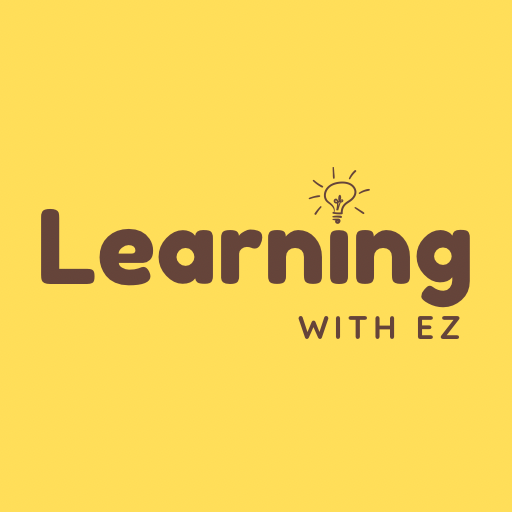Bias, whether conscious or unconscious, can have a significant impact on the education and development of young children. In early childhood education, it is crucial to create an environment that promotes inclusion and equality for all children, regardless of their race, ethnicity, culture, abilities, or background. Here are some strategies for breaking the bias and promoting inclusion and equality in early childhood education:
- Self-reflection: The first step in breaking bias is to become aware of our own biases. Teachers and caregivers should take time to reflect on their own beliefs and attitudes, and how they may influence their interactions with children and their teaching practices.
- Professional Development: It is important for educators to continuously educate themselves on issues related to bias and inclusion. They can attend workshops, conferences, or take courses on the subject to learn new strategies and techniques for promoting inclusivity in the classroom.
- Diversity and Inclusion training: Provide diversity and inclusion training for the staff and teachers to understand the importance of equity and inclusion, and how to identify and address bias in the classroom.
- Diversify the curriculum: Incorporate materials and activities that reflect the diverse backgrounds and experiences of the children in the classroom. This includes incorporating books, music, art, and other resources that reflect the cultural backgrounds of the children in the classroom.
- Positive Relationships with families: Families play a crucial role in shaping the cultural identity of children, and it is important to involve them in the classroom. Teachers and caregivers can communicate with families in their native language and learn about their cultural customs and traditions.
- Encourage open communication: Encourage open communication with children and families about cultural backgrounds, experiences, and perspectives. This promotes understanding and acceptance of diversity.
- Use language that promotes inclusion: It is important to use language that promotes inclusion and celebrates diversity. Avoid using language that may be perceived as stereotypical or offensive.
By implementing these strategies, early childhood educators can create an environment that promotes inclusion and equality for all children. This not only promotes a sense of belonging and understanding for each child, but also helps to build a more inclusive and equitable society for all.

